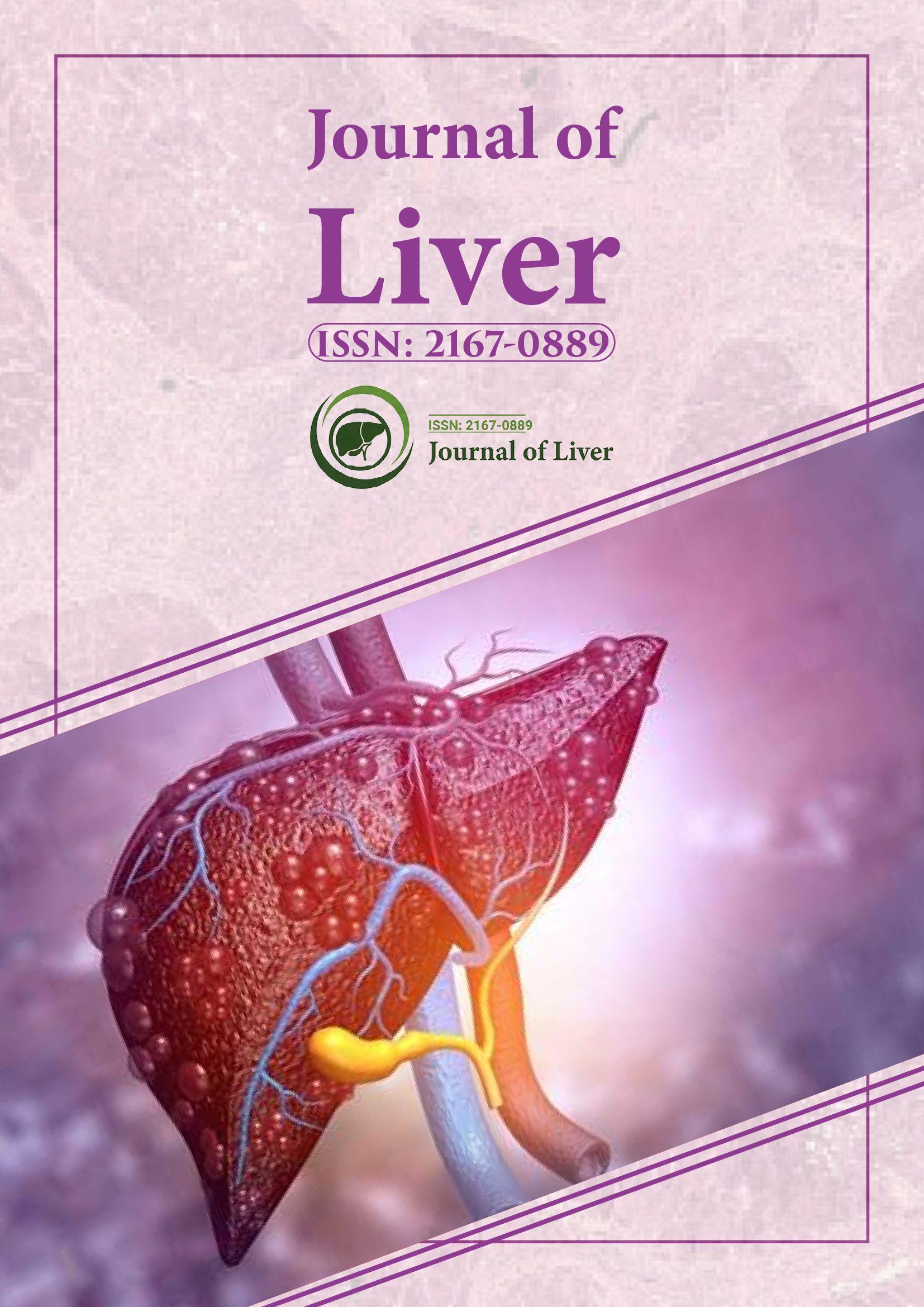Indexed In
- Open J Gate
- Genamics JournalSeek
- Academic Keys
- RefSeek
- Hamdard University
- EBSCO A-Z
- OCLC- WorldCat
- Publons
- Geneva Foundation for Medical Education and Research
- Google Scholar
Useful Links
Share This Page
Journal Flyer

Open Access Journals
- Agri and Aquaculture
- Biochemistry
- Bioinformatics & Systems Biology
- Business & Management
- Chemistry
- Clinical Sciences
- Engineering
- Food & Nutrition
- General Science
- Genetics & Molecular Biology
- Immunology & Microbiology
- Medical Sciences
- Neuroscience & Psychology
- Nursing & Health Care
- Pharmaceutical Sciences
Perspective - (2025) Volume 14, Issue 1
Clinical and Technological Perspectives on Wilson Disease Diagnosis
Eman Helmy*Received: 25-Feb-2025, Manuscript No. JLR-25-29108; Editor assigned: 27-Feb-2025, Pre QC No. JLR-25-29108 (PQ); Reviewed: 13-Mar-2025, QC No. JLR-25-29108; Revised: 20-Mar-2025, Manuscript No. JLR-25-29108 (R); Published: 27-Mar-2025, DOI: 10.35248/2167-0889.25.14.248
Description
Wilson Disease (WD) is a rare autosomal recessive genetic disorder characterized by excessive copper accumulation in various body tissues, especially the liver, brain and cornea. The disease manifests in a variety of hepatic, neurological and psychiatric symptoms, often leading to delays in recognition and diagnosis.
Early identification is important, as timely treatment can halt disease progression and significantly improve outcomes. However, several aspects of WD complicate its diagnosis. These include nonspecific presentations, variability in laboratory markers, limited access to genetic testing and overlap with other hepatic and neurological conditions.
Clinical presentation
The clinical expression of WD is diverse, ranging from asymptomatic hepatic enzyme elevation to fulminant hepatic failure or severe neurological impairment. Age of onset is typically between 5 and 35 years, though cases have been reported in both younger children and older adults.
Hepatic symptoms: These often represent the initial manifestation in pediatric populations. Patients may show hepatomegaly, elevated transaminases, jaundice, or signs of chronic liver disease. In some cases, fulminant hepatic failure occurs with rapid deterioration and features such as coagulopathy, encephalopathy and hemolysis.
Neurological and psychiatric symptoms: Older children and young adults may present with tremors, dystonia, dysarthria, ataxia and behavioral disturbances. Psychiatric features range from mood disorders to cognitive decline. These can precede or coincide with hepatic involvement, contributing to diagnostic confusion.
Diagnostic challenges
Heterogeneous presentation: The variability in symptom onset and organ involvement often leads to misdiagnosis. Children with hepatic symptoms may be mistakenly treated for autoimmune or viral hepatitis. Neurological cases are occasionally misclassified as Parkinson’s disease, multiple sclerosis, or psychiatric disorders.
Overlap with other conditions: WD shares clinical features with a variety of disorders, including autoimmune hepatitis, viral hepatitis, Non-Alcoholic Steatohepatitis (NASH) and various neurodegenerative diseases. This overlap demands a comprehensive and methodical approach to evaluation.
Recent advances in diagnostic strategies
Quantitative imaging techniques: Magnetic Resonance Imaging (MRI), particularly Susceptibility-Weighted Imaging (SWI), can detect brain abnormalities associated with copper deposition, even in asymptomatic patients. Specific findings such as hyperintensity in the basal ganglia or thalamus support a neurological diagnosis.
Liver imaging modalities, including elastography and MRI-PDFF (proton density fat fraction), provide additional insight into hepatic involvement and may reduce the need for biopsy in select cases.
Exchangeable copper measurement: Emerging as a potential biomarker, exchangeable copper reflects the circulating fraction not bound to ceruloplasmin. It has shown higher diagnostic accuracy compared to traditional markers and correlates with disease activity. Its application in clinical practice is still being validated but shows promise in differentiating WD from other hepatic conditions.
Biomarker panels and metabolomics: Research into metabolomic signatures has identified specific patterns associated with WD. These may include alterations in amino acids, bile acids and oxidative stress markers. Although not yet routine, these tools may improve diagnosis, especially in early or ambiguous cases.
Next-generation sequencing (NGS): NGS technologies have improved the scope and speed of genetic testing, enabling full-gene sequencing and detection of novel mutations. NGS panels targeting multiple liver disease-related genes can also assist in differential diagnosis, especially when phenotypes overlap.
Diagnosing Wilson disease remains a complex task due to its varied presentations and overlapping features with other conditions. Conventional diagnostic tools often fall short in specificity and reliability. However, ongoing advances in imaging, biochemistry, genetics and data analytics are gradually improving the accuracy and efficiency of diagnosis.
Early and accurate identification is essential for preventing irreversible damage and ensuring appropriate therapy. As newer technologies become more accessible and integrated into standard practice, earlier detection and better patient outcomes are expected. Efforts to enhance physician awareness, standardize diagnostic protocols and support global access to testing remain priorities in improving care for individuals affected by Wilson disease.
Citation: Helmy E (2025). Clinical and Technological Perspectives on Wilson Disease Diagnosis. J Liver. 14:248.
Copyright: © 2025 Helmy E. This is an open-access article distributed under the terms of the Creative Commons Attribution License, which permits unrestricted use, distribution, and reproduction in any medium, provided the original author and source are credited.
